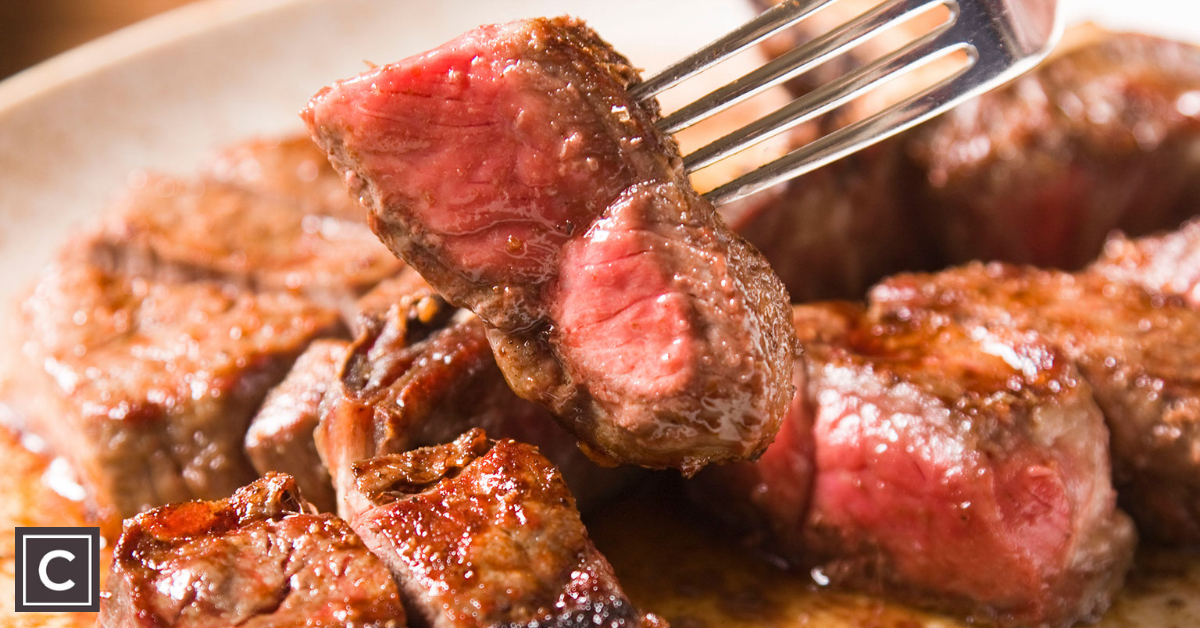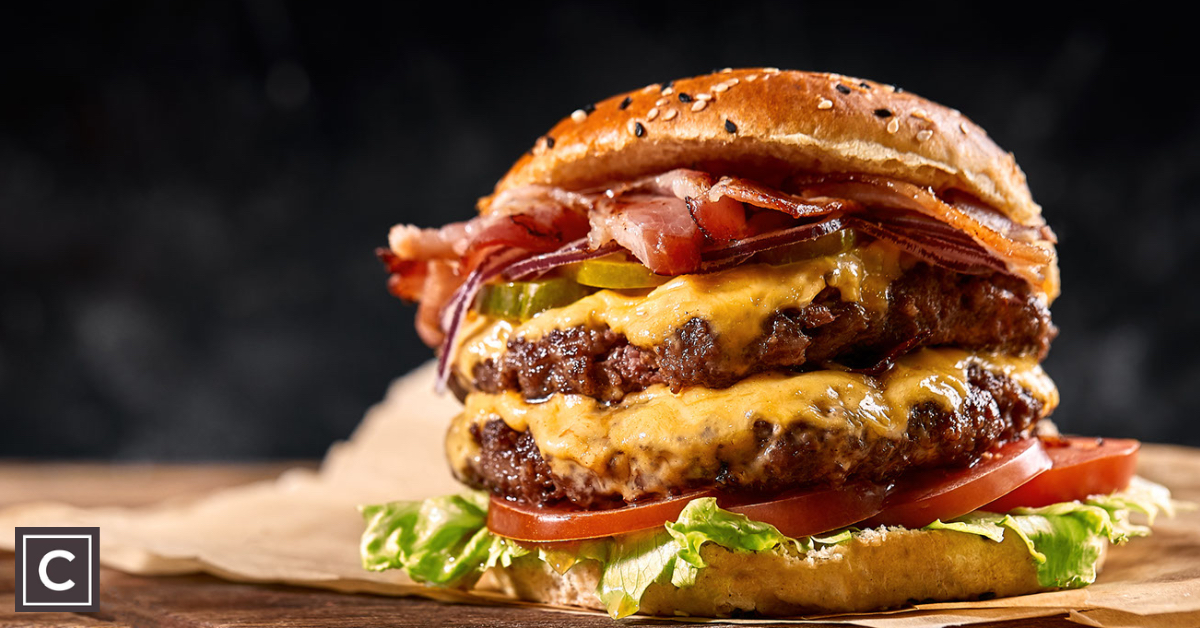Understanding Umami and Its Influence on Flavour?
Posted by Stelios on 30th Aug 2022 Reading Time:

THE DISCOVERY OF UMAMI
Umami was discovered in 1908 by Professor Kikunae Ikeda, a chemist at Tokyo Imperial University. He noticed a particular “savoury” taste in foods such as dashi, asparagus, cheese, tomatoes and meat that were neither sweet, sour, salty or bitter.
Having found that the Japanese stock dashi had the most pronounced savoury taste, he focused on kombu – the seaweed used to make dashi. After conducting much research, Ikeda went on to identify glutamate, an amino acid, as the origin of this new savoury taste sensation and called it “umami”.
UMAMI, THE FIFTH TASTE
The Japanese word umami is pronounced: “oo-ma-mee”. Umami is one of the five tastes, along with sweet, sour, salty and bitter taste sensations. It’s most typically defined as “savoury”, but the characteristics of umami can also be described as “meaty”, “complex”, or even just “deliciousness”.
Sometimes umami is wrongly thought to mean a harmonious combination of flavours in a dish, but umami is entirely separate from the four other taste sensations.
Our taste receptors pick up umami from foods with high amino acid levels.
WHAT DOES UMAMI TASTE OF?
The savoury taste of umami is often associated with roasted meats and long slow stocks made from scratch.
It can be hard to taste umami on its own, but you would know if it wasn’t there, which is why it’s so important to chefs and food manufacturers to produce a balanced, rounded dish.
It’s the thing that makes you go “mmmm”. Food that lacks umami is simply a bit bland and flat.
WHAT IS UMAMI?
Scientifically, the intense umami savoury taste is imparted by glutamates and five ribonucleotides, which occur naturally in fish, meat, vegetables and dairy products.
The food enhancer monosodium glutamate (MSG) is also associated with umami as glutamate is the most common compound and occurs naturally in various ingredients. It’s not actually a chemical, as many people believe.
The other compounds that deliver umami are Inosinate, found in meat, fish and seaweed, and Guanylate, mainly found in plants and fungi.
The role of these umami compounds is mainly to do with mouthfeel, adding body to the culinary experience, and in the case of roasted meats, umami has a deep ‘broth’-like taste. The crusty outside of a browned roast is a good source of umami, so we’re taught to brown or caramelise meat in a pan before adding it to stews.
The crux of umami is that, like salt, it not only gives us pleasure in the food in which it is abundant, but it also allows us to gain greater pleasure from other foods on the plate, particularly proteins. At its best, it awakens our taste buds to appreciate a range of flavours.
WHAT FOODS ARE UMAMI?
Umami-rich ingredients are often found in the store cupboard and are part of everyday cooking. Examples of umami foods are:
✔️ Anchovies
✔️ Beef
✔️ Cheddar
✔️ Comte
✔️ Emmental
✔️ Fish Sauce
✔️ Gouda
✔️ Kimchi
✔️ Seaweeds
✔️ Soy Sauce
✔️ Mackerel
✔️ Marmite
✔️ Miso
✔️ Mushrooms (particularly shiitake & porcini/ceps)
✔️ Parmesan
✔️ Pork
✔️ Roquefort
✔️ Tomato Puree
✔️ Worcestershire Sauce
The results are intense when umami foods are used, especially in combination.
It’s important to understand that slow cooking or ageing makes these foods umami. For example, raw meat and mushrooms aren’t very umami, but cooking, curing or fermenting helps to release the critical amino acids that our taste receptors pick up as umami.
WHY IS UMAMI SO SIGNIFICANT?
Combining two umami-rich ingredients does far more than double the umami factor. It can quadruple the specific, gratifyingly savoury element.

Ever wondered why a beef burger topped with cheese and tomato ketchup is so irresistible? The more umami ingredients used in a dish can even make a relatively small portion appear more significant than it actually is.
Without umami, the taste can be one-dimensional.

